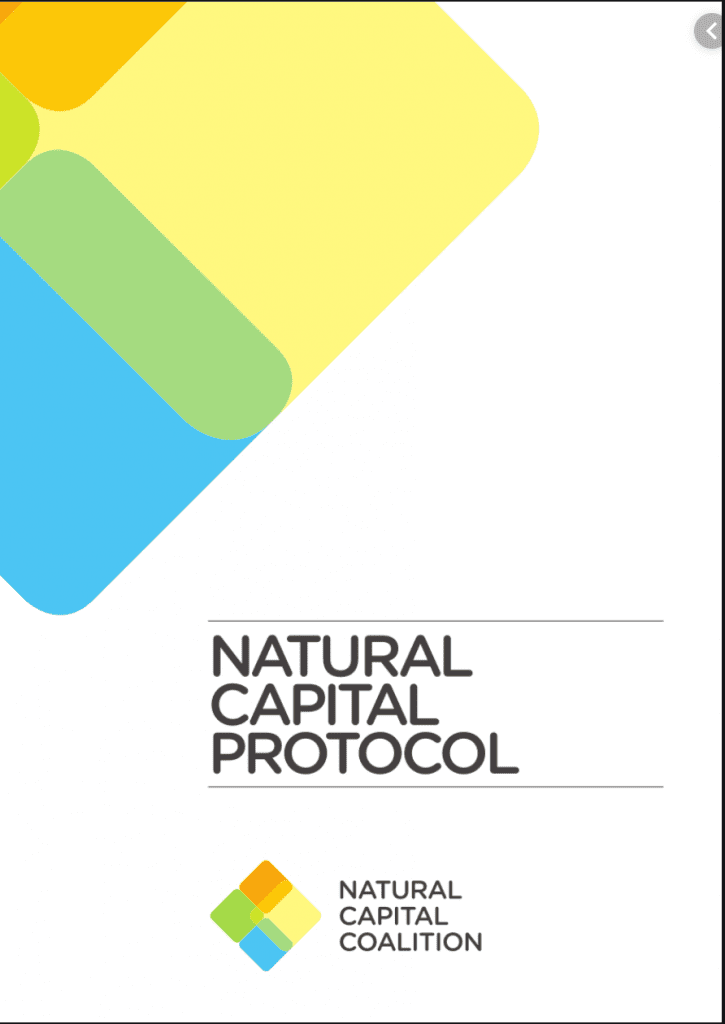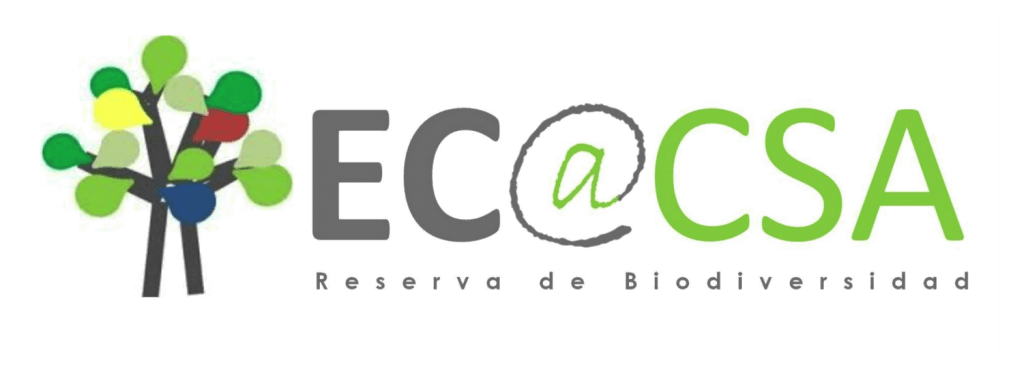
CAPITAL NATURAL
There are several commonly recognized types of capital: human, social and relationship, manufactured, financial and intellectual. Natural capital underpins all of the other capitals, and enables the development of prosperous economies and societies. Ultimately, organizations must understand the ways that they impact and depend on all of the capitals if they are to make truly informed decisions that benefit societies and the natural world, alongside businesses and economies.
Natural capital is another term for the stock of renewable and non-renewable resources such us plants, animals, air, water, soil, minerals, that combine to yield a flow of benefits to people.
All businesses depend on natural capital to continue operating and contributing to economic development and social social wellbeing, but we are driving the health of natural capital below the levels needed to continue to support.
Why to support Natural Capital conservation and improvement?
The current economic and social framework is demanding changes and rethinking the way we understand prosperity and development. Global commitments adopted by the Agenda 2030 for Sustainable Development and the Paris Agreement on climate change have set the path that not only governments, but all worldwide economic and social actors must follow to fulfill their role and share responsibilities to ensure sustainable, low-carbon, fair and equal development.
Natural capital is the very essence that makes development possible and assures continuity of economic activity and wellbeing for all. To value it, it is crucial to be able to measure it. Only by recognizing the value of natural capital will it be possible to make the management decisions necessary to progress towards the achievement of the common objectives at global scale.
Relationship between business and biodiversity is gaining in importance over time, as access to natural resources gets tighter.
Commitment to sustainable development and biodiversity and ecosystem services protection represents a great business opportunity.
Consumers are more aware of environmental issues and demand sustainable products, a fact that companies and organizations should not overlook in their business models, decisions, fonts and production methods.
Managing natural capital is also a way to manage risks.
Businesses have a key role in decisions in which natural capital valuation and protection are at stake, and their action will shape the required changes, reforms and steps to progress towards a economy responsible for the sustainable use of natural resources.
Natural Capital Protocol
Natural capital concept is not new. It was used for the first time by E.F. Schumacher in 1973 in his book Small is Beautiful,, as a metaphor, to express fundamental flaw in the treatment of nature in the modern economic model. More recently, this framing has been adopted by scientists, economists and politicians. In Rio +20 United Nations Conference on Sustainable Development held in June 2012, natural capital concept reached its greatest development and global impact through the signing of the Natural Capital Declaration (NCD). In July 2016, it gained even greater notoriety thanks to the launch of the Natural Capital Protocol, by the Natural Capital Coalition.
Whereas the text agreed at Rio + 20 Summit advocated the need to include natural capital considerations into financial and business sectors, Natural Capital Protocol established a standardized international framework for organizations to identify, measure and value their impacts and dependencies (direct and indirect) on natural capital and the ecosystem services that flow from it.


